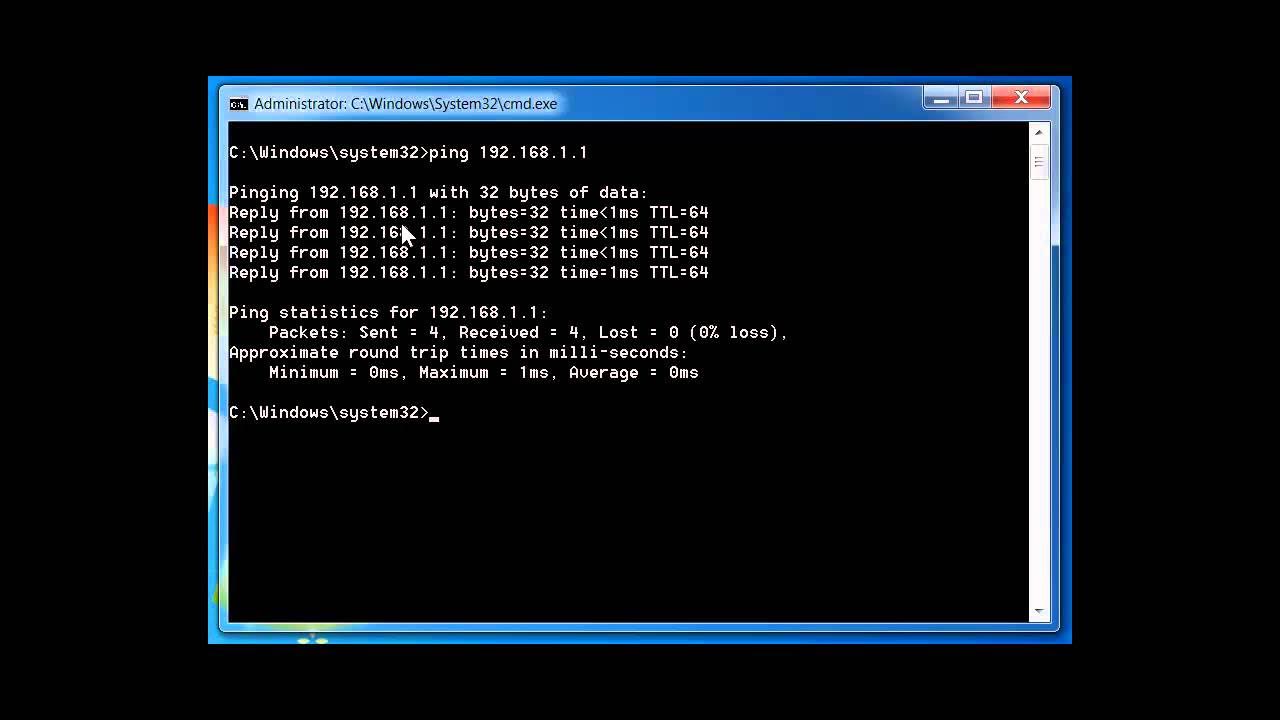Traceroute (tracert) Explained - Network Troubleshooting
Summary
TLDRThis video explains the traceroute utility, a command-line tool used to trace the path of data packets across the internet. It differentiates traceroute from ping by showing each router's response time on the path to a destination, helping identify network bottlenecks and connectivity issues. The video illustrates how to execute a traceroute command on various operating systems, interpret the results, and understand the significance of round trip times and Time to Live (TTL). Overall, it highlights traceroute as an essential tool for diagnosing network performance and connectivity problems.
Takeaways
- 😀 Traceroute is a command line utility that shows the route taken by data packets across the internet to their destination.
- 😀 It helps diagnose network issues like bottlenecks by revealing the exact path of data packets.
- 😀 Unlike ping, which only checks connectivity to a final destination, traceroute measures each hop along the route.
- 😀 The command for Windows is 'tracert', followed by the destination IP or hostname (e.g., google.com).
- 😀 Each hop displays the round trip time and IP addresses of routers along the path.
- 😀 Consistent round trip times suggest a healthy connection, while high times can indicate potential problems.
- 😀 The Time to Live (TTL) value prevents data packets from traveling indefinitely in case of routing issues.
- 😀 Asterisks in traceroute results can indicate either a router issue or a configuration that prevents responses.
- 😀 Traceroute sends three data packets to each hop to help isolate false issues with inconsistent timings.
- 😀 The utility can be run on various operating systems, including Mac and Linux, using the 'traceroute' command.
Q & A
What is the primary purpose of the traceroute utility?
-The primary purpose of the traceroute utility is to show the route that data packets take as they travel across the internet to their destination.
How does traceroute differ from the ping command?
-Traceroute differs from ping in that it not only checks connectivity to the final destination but also measures the round-trip time for each router the packets pass through on their way to the destination.
What information does traceroute provide about each hop?
-Traceroute provides the hop number, the round-trip time for data packets to and from each router, the IP address of each router, and, when available, the domain name associated with the router.
What does a consistent round-trip time in traceroute results indicate?
-Consistent round-trip times indicate a normal, healthy network path with no significant delays or bottlenecks between hops.
What could high round-trip times during a traceroute suggest?
-High round-trip times may suggest a problem in the network, possibly indicating that the connection is slow or that there is a bottleneck at a specific hop.
What is the function of the Time to Live (TTL) value in traceroute?
-The Time to Live (TTL) value determines how long a data packet can exist in the network before it is discarded. It prevents packets from circulating indefinitely in case of misconfigured routers.
Why does traceroute send three data packets to each router?
-Traceroute sends three data packets to each router to provide a more reliable measurement of round-trip time and to isolate any anomalies in the data, ensuring that temporary issues do not skew results.
What do asterisks in traceroute results signify?
-Asterisks in traceroute results may indicate that a router is not configured to return traceroute replies, or it may suggest that there is a problem with that router.
How can traceroute be useful for diagnosing network issues?
-Traceroute can pinpoint where network issues are occurring by identifying which hop has higher round-trip times, helping users determine if problems are within their local network or further along the path to the destination.
What commands are used to run traceroute on different operating systems?
-On Windows, the command is 'tracert' followed by the domain name or IP address, while on Mac or Linux systems, the command is 'traceroute' followed by the domain name or IP address.
Outlines

Cette section est réservée aux utilisateurs payants. Améliorez votre compte pour accéder à cette section.
Améliorer maintenantMindmap

Cette section est réservée aux utilisateurs payants. Améliorez votre compte pour accéder à cette section.
Améliorer maintenantKeywords

Cette section est réservée aux utilisateurs payants. Améliorez votre compte pour accéder à cette section.
Améliorer maintenantHighlights

Cette section est réservée aux utilisateurs payants. Améliorez votre compte pour accéder à cette section.
Améliorer maintenantTranscripts

Cette section est réservée aux utilisateurs payants. Améliorez votre compte pour accéder à cette section.
Améliorer maintenantVoir Plus de Vidéos Connexes

Network Troubleshooting using PING, TRACERT, IPCONFIG, NSLOOKUP COMMANDS

Internet Communication

A-Level Computer Science (9618) - 14 - Communication and Internet Technologies

Data Packets - How does the internet send data?

Networking Fundamentals: OSI 7 - Layer 3 - the network layer - Part 1

Come funziona internet?
5.0 / 5 (0 votes)
